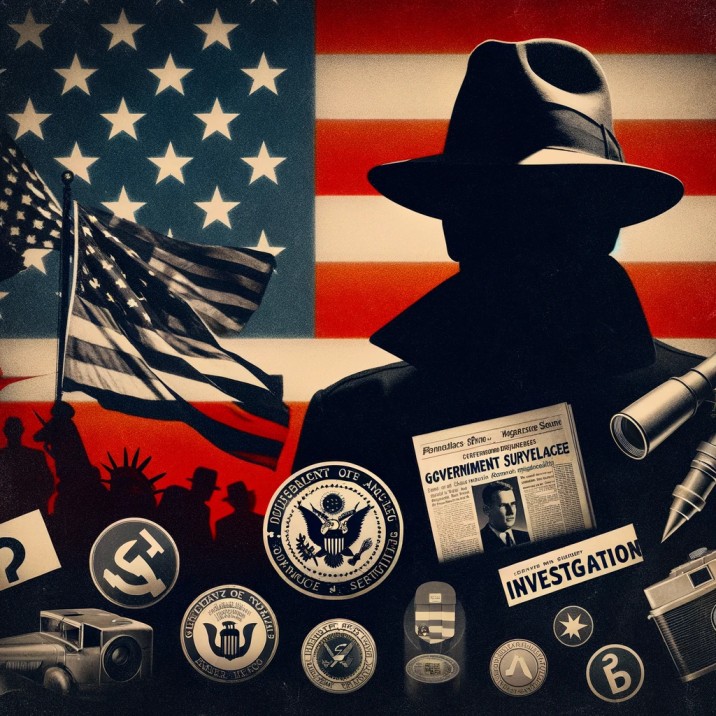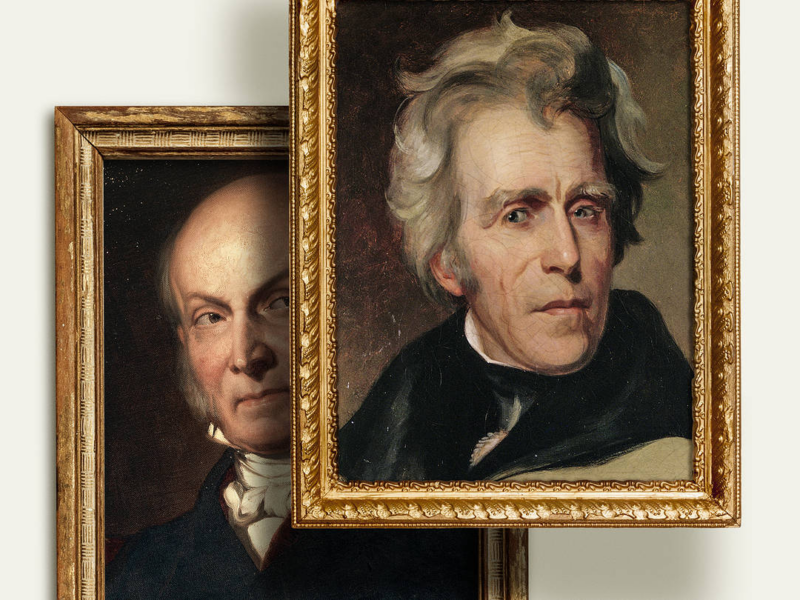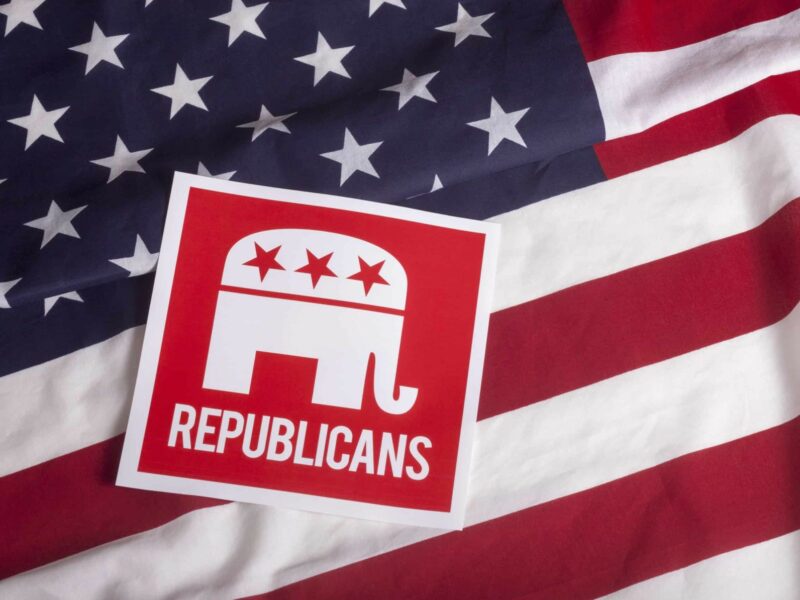The Red Scare refers to a time in United States history when there was a widespread fear of communism and its potential spread in the country. This fear led to suspicion and paranoia about communist influence in various aspects of American life, including government, entertainment, and education. During the Red Scare, many people were unfairly accused of being communists or communist sympathizers, leading to investigations, trials, and even job losses, often based on limited or no evidence. There were two major Red Scare periods in U.S. history: one after World War I and another during the Cold War in the late 1940s and 1950s.

The First Red Scare: 1917-1920 The first Red Scare occurred in the aftermath of the Russian Revolution of 1917. With the Bolsheviks’ ascent to power in Russia and the subsequent establishment of the Soviet Union, communism emerged as a potent ideological force. This, combined with the labor unrest, race riots, and anarchist bombings in the United States, created a climate of fear and suspicion. The U.S. government, under the leadership of President Woodrow Wilson, and later Attorney General A. Mitchell Palmer, responded with a series of actions aimed at rooting out perceived threats. This included the Palmer Raids, a series of controversial law enforcement actions to arrest and deport suspected radicals and anarchists. Thousands were arrested, with many detained without proper legal procedures. The first Red Scare gradually subsided as the perceived threat of revolution in the U.S. waned.
The Second Red Scare: Late 1940s-1950s: The second Red Scare occurred during the early years of the Cold War, between the late 1940s and the 1950s. This period was defined by the fear of Soviet espionage and the influence of communism within the United States, fueled by events such as the Soviet acquisition of nuclear weapons, the Korean War, and the revelations of Soviet spy rings in the U.S. Government officials, most notably Senator Joseph McCarthy, played a key role in stoking these fears. McCarthy and others accused numerous citizens, including government employees, entertainers, and academics, of being communists or communist sympathizers, often with little or no evidence.
McCarthyism: This period is often synonymous with “McCarthyism,” a term derived from Senator McCarthy’s aggressive tactics and his ability to manipulate public fears for political gain. McCarthy’s relentless pursuit of suspected communists led to several high-profile congressional hearings. While initially popular, McCarthy eventually fell from favor as his accusations became increasingly baseless and his tactics more aggressive and authoritarian.
Impact on American Society: The Red Scare significantly impacted American society. It led to the implementation of loyalty tests for government employees, the blacklisting of artists and writers, and the restriction of civil liberties under the guise of national security. The climate of fear and suspicion created by the Red Scare stifled political dissent and freedom of expression, leading to a conservative shift in American politics and culture.
End and Legacy: The second Red Scare began to decline in the late 1950s, particularly after the televised Army-McCarthy hearings in 1954, which exposed McCarthy’s tactics to the public and led to his censure by the Senate. The fear of communism remained a potent force in American politics, but the extreme measures and paranoia of the Red Scare era gradually subsided.
The Red Scare periods in American history highlight the tension between national security and civil liberties. They reflect the impact of international events on domestic politics and the ease with which fear can be manipulated for political ends. The legacy of the Red Scare continues to influence American political discourse, serving as a cautionary tale about the dangers of extremism and the importance of protecting democratic values.


